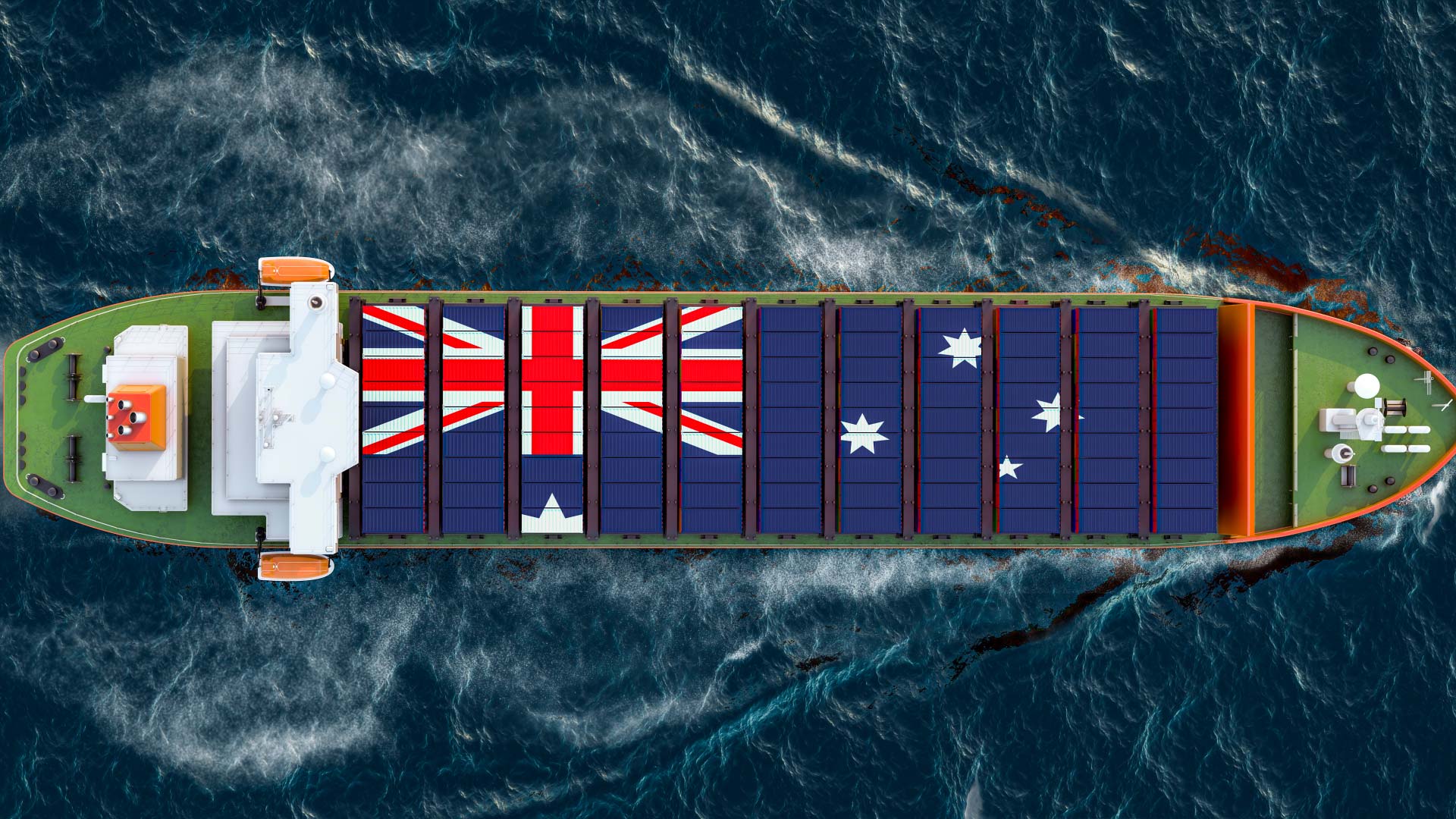AU$611.6 Million in Funding Drives Lumsden Point Project
The Lumsden Point development in Port Hedland, a key Australian trade hub, has kicked off dredging operations as part of a major project aimed at enhancing the export of battery metals and the import of renewable energy infrastructure. Over the next eight weeks, approximately one million cubic meters of material will be removed to support these upgrades.
Pilbara Ports announced on Monday, September 30, that the initiative has secured AU$611.6 million in funding. This investment includes substantial contributions from both the Australian government and the mining industry. The federal government has committed AU$450 million to the project, focusing on developing new multi-user facilities and berths, while the Western Australian government is contributing AU$96.6 million.
Mining Companies Join Forces to Support the Project
An additional AU$65 million has been pledged by leading mining companies, including BHP (ASX, NYSE, LSE), Fortescue (ASX, OTCQX), Roy Hill, and a joint venture between Hancock Prospecting and Mineral Resources (ASX, OTC Pink). These companies are playing a vital role in driving the development forward.
Lumsden Point: A Future Hub for Battery Metals and Renewable Energy
Once completed, Lumsden Point will be a critical export hub for battery materials like lithium and copper concentrates. It will also serve as a gateway for importing renewable energy infrastructure, such as wind turbines and blades. According to David Michael, Western Australia’s Minister for Ports, the project is expected to boost Australia’s gross domestic product (GDP) by AU$2.1 billion annually.
Environmental Benefits and Emissions Reduction
Michael highlighted the environmental advantages of the Lumsden Point development, projecting a reduction of 3.6 million tonnes of emissions by 2055. This will be achieved by supporting direct shipping to the Pilbara and creating pathways for renewable energy infrastructure, which will help lower the region’s carbon footprint.
Alignment with Government Strategies
The Lumsden Point development aligns with several government initiatives, including Australia’s Critical Minerals Strategy 2022 and the Boosting Australia’s Diesel Storage Program. It also supports Western Australia’s Climate Policy and Renewable Hydrogen Strategy, setting the stage for economic growth and job creation in the region.
Jan De Nul (Australia) Leads Dredging and Land Reclamation
The dredging and land reclamation contract was awarded to Jan De Nul (Australia) on June 7. The company has since completed significant preparatory work to ensure the project proceeds smoothly. Environmental monitoring measures are in place to minimize the impact on nearby ecosystems, and an approved environmental management plan dictates that dredged material will be deposited in a designated reclamation area within Lumsden Point.
Ongoing Environmental Monitoring and Compliance
To ensure compliance with environmental regulations, extensive monitoring is underway. The project’s environmental management plan has been designed to minimize any potential impact on surrounding habitats, demonstrating a commitment to sustainable development.
Economic and Strategic Importance of Lumsden Point
The development of Lumsden Point is not only vital for boosting exports and economic growth but also plays a strategic role in supporting Australia’s long-term energy and minerals strategy. By enhancing the export of battery metals and facilitating the import of renewable energy infrastructure, the project aims to secure Australia’s position as a global leader in the sustainable energy market.
Conclusion
The Lumsden Point project is a landmark development that will significantly enhance Port Hedland’s capabilities as a trade hub, support the export of critical battery metals, and contribute to the import of renewable energy infrastructure. With government and industry backing, the project promises to drive economic growth, support environmental sustainability, and align with key strategic initiatives.
